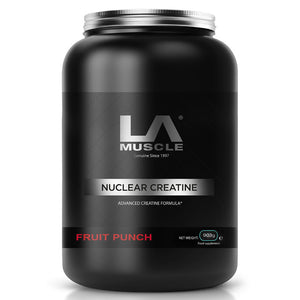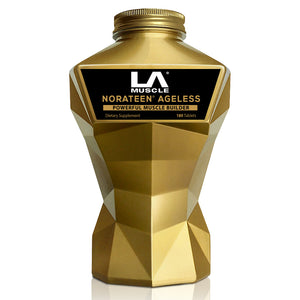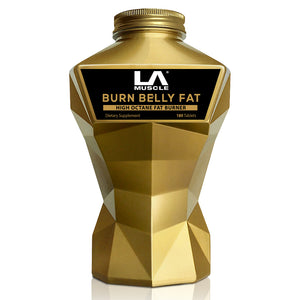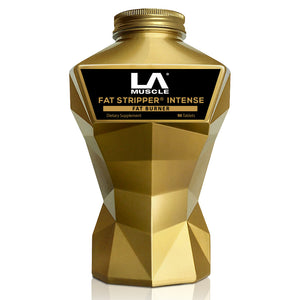
A topic that is rarely discussed within the fitness world, is a woman's menstrual cycle. The menstrual cycle presents challenges for many women, effects exercise, and performance, and sometimes it may be wise to adjust intensity and frequency depending on which stage of the cycle someone is at.
The menstrual cycle is a natural process that most women experience every month, it is often associated with physical and emotional discomfort, however, it is obviously a normal and necessary part of female reproductive health. The menstrual cycle is the regular natural change within the female body's reproductive system, to prepare the body for a potential pregnancy. It is typically around 28 days long and divided into four distinct phases: the menstrual phase, the follicular phase, the ovulatory phase, and the luteal phase. It is often simplest to class the menstrual phase as the first.
- The menstrual phase (day 1 potentially up to day 7): This is when a woman’s body sheds the uterine lining, resulting in her period along with potential bleeding. Hormone levels drop and energy levels can be low during the menstrual phase. The initial stages of a menstrual cycle can be stressful and taxing, so women can focus on gentle exercises such as walking, stretching, and yoga to help with circulation and relaxation if necessary, or generally be more cautious when training if they are concerned about unwanted bleeding or stress. The above is not saying you shouldn’t attempt to train as usual earlier in the menstrual phase, but take caution when doing so to avoid injury, and don’t feel guilty if you don’t feel up to your usual training.
- The follicular phase (days 1-14): This phase also begins at the outset of the menstrual cycle, but lasts until days 13/14 with most women, as the woman’s body starts adjusting in order to ovulate. In the follicular phase, estrogen levels begin to rise, and the lining of the uterus thickens in preparation for a potential pregnancy. Throughout the follicular phase, energy will improve so it can be a great time for a woman to focus on more moderate intensity exercises such as jogging, mid difficulty yoga, and moderate weightlifting. Motivation will most likely increase as the body adjusts throughout the follicular phase, often particularly around day 7 and onwards, and as this happens it can be a great time to begin pushing yourself a little more in the build-up to the ovulatory phase. Strength will likely improve later in the follicular phase in comparison to the first week of a menstrual cycle, which can be great motivation and a good time to try heavier weights or increased repetitions. Always be certain to warm up sufficiently and be wary of injuries, as collagen metabolism has been shown to be potentially slower in the follicular phase, and collagen is responsible for the repair of damaged tissue.
- The ovulatory phase (3-4 days around day 14): This is when a woman’s body releases an egg for potential fertilization. Estrogen and testosterone levels are at their peak, meaning physical performance should be close to its best. During the ovulatory phase, a woman could focus on more intense exercises such as running, HIIT, and strength training. Although the ovulatory phase doesn’t actually last particularly long, this is the time a woman should be at her strongest in terms of the weights she can lift and the exercise she can perform. Studies show that not only strength, but also recovery, is increased in comparison to the other phases of the menstrual cycle, so this is the best time (if possible) to ramp up workout intensity, spend a little longer training, or go for the more difficult, heavier lifting goals.
- The luteal phase (days 15-28): This is when a woman’s body starts to prepare itself for a potential pregnancy. Progesterone levels rise and the uterine lining thickens in the luteal phase, and during this phase, a woman could potentially focus on low-impact exercises such as walking, swimming, and yoga. The luteal phase is arguably a time when you may feel somewhat ‘down’ and less motivated. Less intense, or shorter workouts that include fewer working sets in total, may be best for training in the luteal phase, which isn’t to say you should not go for heavier lifts, but plan them well, be sure to warm up sufficiently, and try not to burn yourself out. When training through the luteal phase, do not be disheartened by comparing your lifts to the ovulatory phase, focus on good form and allow your body to recover sufficiently between workouts.
Understanding how to exercise or practice weight training throughout the menstrual cycle may seem like a mine field, especially in comparison to males, who don’t really ever have to worry about the time of the month they are training at. The important thing to remember, is to listen to your body, allow it plenty of rest, and try and train hard and push yourself when it feels at its best. As for anyone training in just about any way regularly, it is important to always take advantage of rest days, enjoy your time out of the gym, and recover well.


























